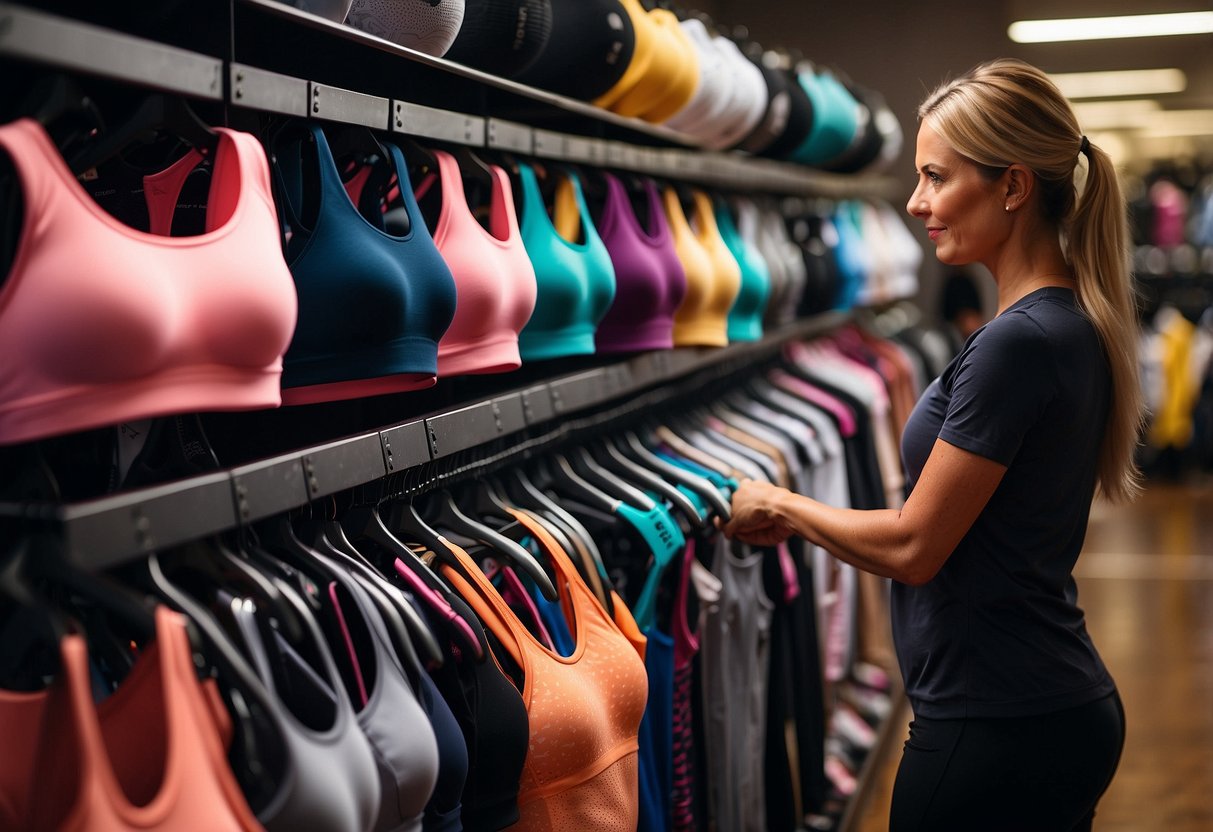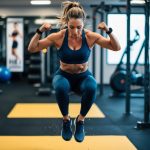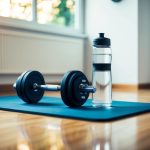
Choosing the right sports bra is essential for a comfortable and effective workout. A well-fitted sports bra provides the necessary support, reduces movement, and ensures you can focus on your fitness routine without discomfort. This guide aims to help you find the perfect sports bra tailored to your workout needs, offering insights into key factors such as material, support level, and fit.
Understanding the different types of sports bras available can make your selection process easier. Compression bras work well for low-impact activities like yoga or walking, while encapsulation bras, which have separate cups, are ideal for high-impact exercises such as running or aerobic workouts. Mixed-impact activities might benefit from a combination option that provides both compression and encapsulation features.
Comfort is a crucial factor when selecting a sports bra. Look for materials that wick away sweat to keep you dry and prevent chafing. The straps should be adjustable and stay in place without digging into your shoulders. Additionally, checking for a snug yet comfortable band is important as it provides most of the bra’s support.
Understanding Sports Bra Types
There are several key factors to consider when selecting a sports bra, including the design and functionality, as these can directly impact comfort and performance during workouts.
Compression vs Encapsulation
Compression bras are designed to hold the breasts against the chest to reduce movement. These are usually best for smaller cup sizes and lower-impact activities. They are typically pulled on over the head and lack individual cups. This can make them more streamlined but might lack support for larger busts.
In contrast, encapsulation bras have individual cups. Each breast is supported separately, which can provide more support and shape. These bras are particularly beneficial for high-impact activities and for those with larger busts as they offer superior support compared to compression-only bras.
Racerback vs Standard Straps
Racerback sports bras have straps that form a Y-shape or T-shape at the back. This design allows for greater range of motion and can help keep the straps in place during intense activities. They can be particularly useful for sports involving overhead arm movements like tennis or basketball.
Standard strap bras feature parallel straps that go straight over the shoulders. They often come with adjustable features, allowing for a customizable fit. While they might provide less range of motion compared to racerbacks, they can be more comfortable for everyday wear and lower-impact exercises.
Pullover vs Back Clasp
Pullover bras are designed to be put on over the head, much like a t-shirt. They often avoid having adjustable closures, resulting in a seamless and smooth fit. This can be excellent for lower-impact activities or for those who prioritize comfort and simplicity in design.
Back clasp bras, on the other hand, feature closures similar to regular bras. These clasps enable easier adjustments for a better fit and can provide additional support. This adjustability can be especially useful for high-impact activities or for those with varying chest sizes.
Significance of Proper Fit
A well-fitted sports bra can make a significant difference in comfort and performance during workouts. Ensuring the correct bra size and adjusting for comfort and support are key factors.
Measuring Your Bra Size
Accurate bra sizing is essential for a proper fit. Measurements should be taken for both the band and cup size. The band measurement is taken directly under the bust, ensuring the tape measure is snug but not tight. For the cup size, measure around the fullest part of the bust. Subtract the band measurement from the bust measurement to determine the cup size.
For instance, if the band measures 34 inches and the bust measures 37 inches, the difference of 3 inches typically corresponds to a C cup. It’s crucial to measure regularly, as body changes can alter your bra size. Many stores offer bra-fitting services for precise measurements. Proper sizing prevents discomfort and ensures adequate support during physical activities.
Adjusting for Comfort and Support
After determining the correct size, adjustments can enhance comfort and support. The band should fit snugly around the ribcage without riding up. Experiment with different band tightness levels by fastening the hooks on various settings and choose one that feels secure but not restrictive.
Straps should be adjusted to lift the breasts without digging into the shoulders. Look for bras with adjustable straps and multiple hook-and-eye closures to customize the fit. Some sports bras also feature adjustable bands and removable padding. Trying on different styles and adjustments helps find the optimal balance between comfort and support. Proper adjustments prevent unnecessary strain and improve workout efficiency.



